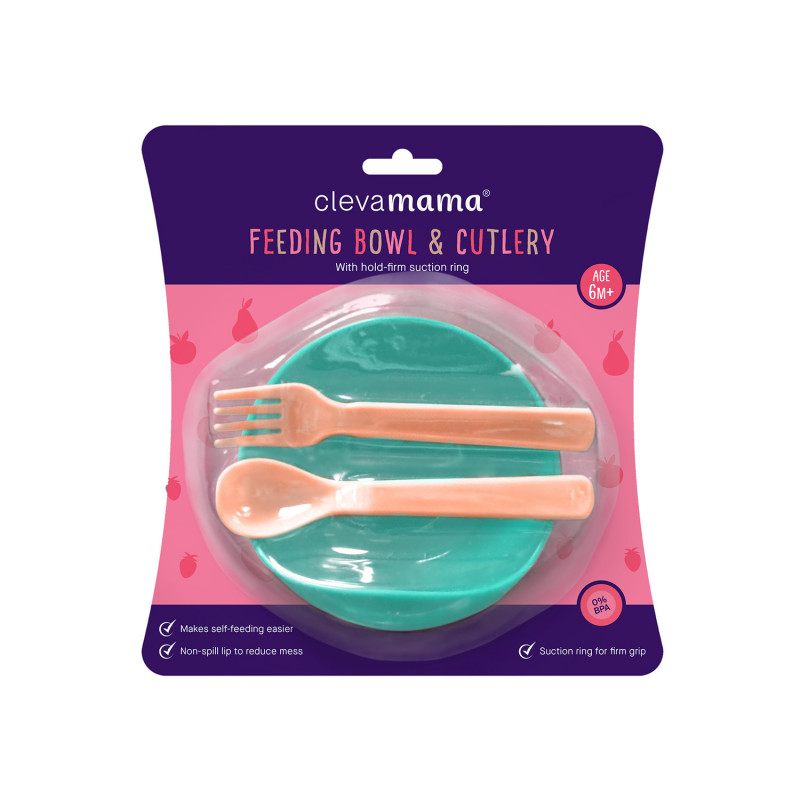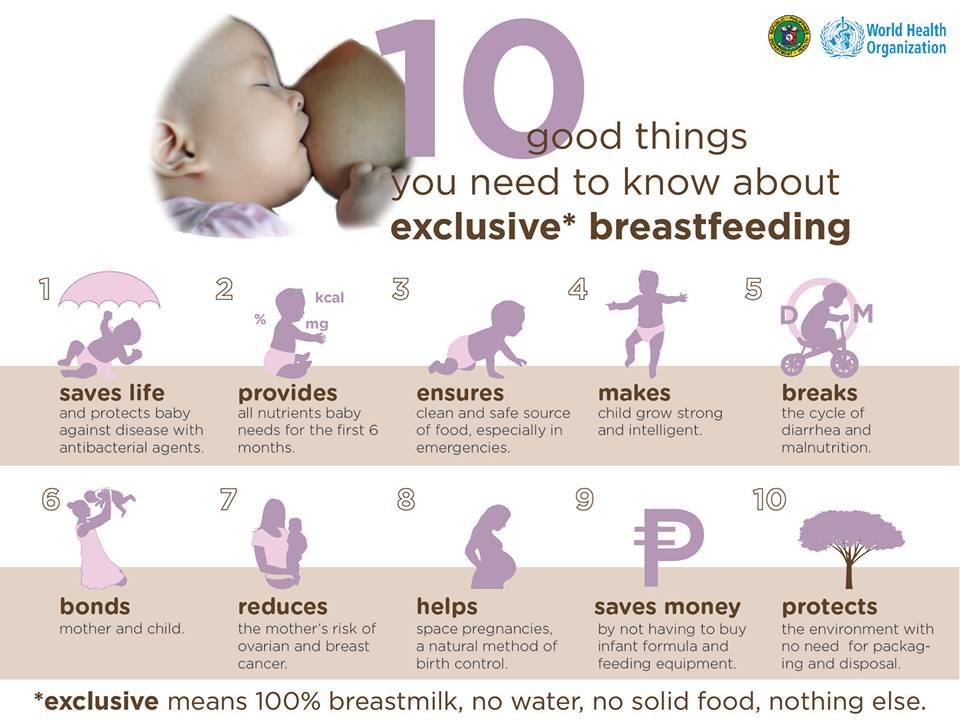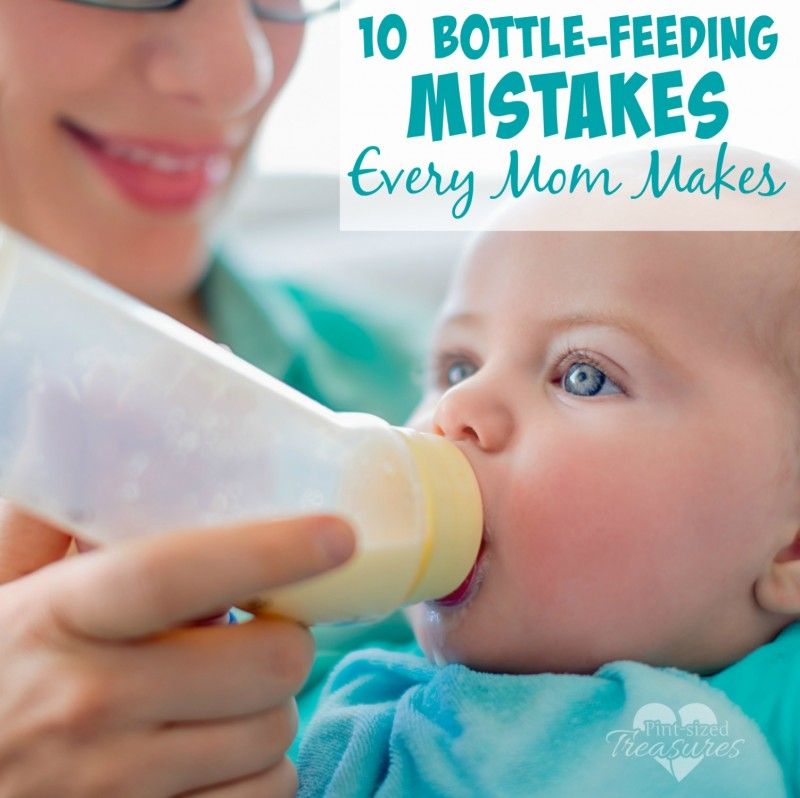Baby feeding charts templates
A Newborn Feeding Chart That Works (With Printable!)
What's in this post...
Inside you’ll find all you need to know to put into a newborn feeding chart and then have a printable one for yourself! Whether or not you are interested in sleep training, this will get you started on a great solid routine.
I gave birth to my firstborn in a hospital in Aberdeenshire, Scotland.
With a midwife whom I’d never met.
It all happened so fast and no one thought I was actually near 10 cm because they hadn’t checked dilation since I wasn’t in much pain. Must not be close, they assumed.
But really I’m a redhead and my pain signals are all jacked up so then it was go time before we knew it.
“But I don’t even have the paperwork ready…” she said in a sort of sweet and confused voice.
“IT’LL WAIT!” I yelled.
Fast forward a few days…
Fast forward a few days and I was ready to start tracking my baby’s feeds. I couldn’t remember which side she had fed from or if she was feeding enough and I felt stressed.
I wanted to write it down and keep it in her nursery. So I used a pen and a little notepad and over the next few weeks kept diligent track to make sure things seemed okay.
They were!
Read: The ultimate newborn napping, feeding, and sleeping schedule
Newborn Feeding Chart
Use this simple printable chart to track your feeds to make sure baby is fed, your supply is up, and everyone is well.
Basic Feeding Tips For The Early Weeks
(Psst… you can scroll down and get your free downloadable newborn feeding chart).
Here are some basic rules of thumb when it comes to feeding newborns. Talk to your pediatrician or nursing consultant if you have any issues, but for most babies these principles will help you have a calm, contented baby.
Read: 8 reasons you’ve got a fussy whiny little one
Focus On Filling Baby Up
Newborns are sleepy.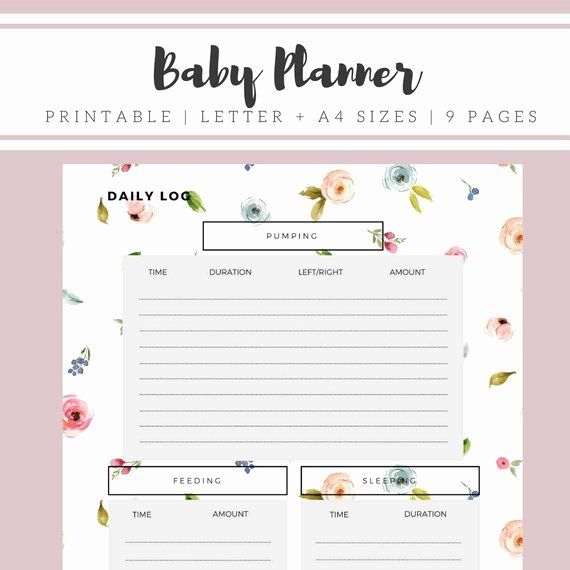 They want to feed a bit then nod off. This is not a good idea for a few reasons, listed below.
They want to feed a bit then nod off. This is not a good idea for a few reasons, listed below.
To keep track of whether or not your baby is taking full feeds, scroll down and get your free newborn feeding chart so you can keep track.
- Babies do not get the breast milk most rich in fat and calories (the hind milk) because if they nurse for a short period they’re only getting the fore milk (less density which means less filling).
- Also, they will not go into a deep sleep (which takes around 20 minutes) and then when they transition through sleep cycles (around 45 minutes or so after they’ve gone to sleep) they’ll wake up out of hunger.
- You will be feeding baby every hour all day long.
Related Reads:
- What To Do When Baby Is Feeding Every Hour (& Not Sleeping!)
- Feeding Baby Through One Year
Newborn Settling Guide
Tried-and-true *hands on* newborn settling strategies that even the most fussy (or wide-awake-sleep-refusing) newborns cannot resist!
Learn More
Feed Unswaddled By Day And Swaddled By Night
We want our babies to know the difference between night and day so they’ll have their wake times in the day and sleepy time at night.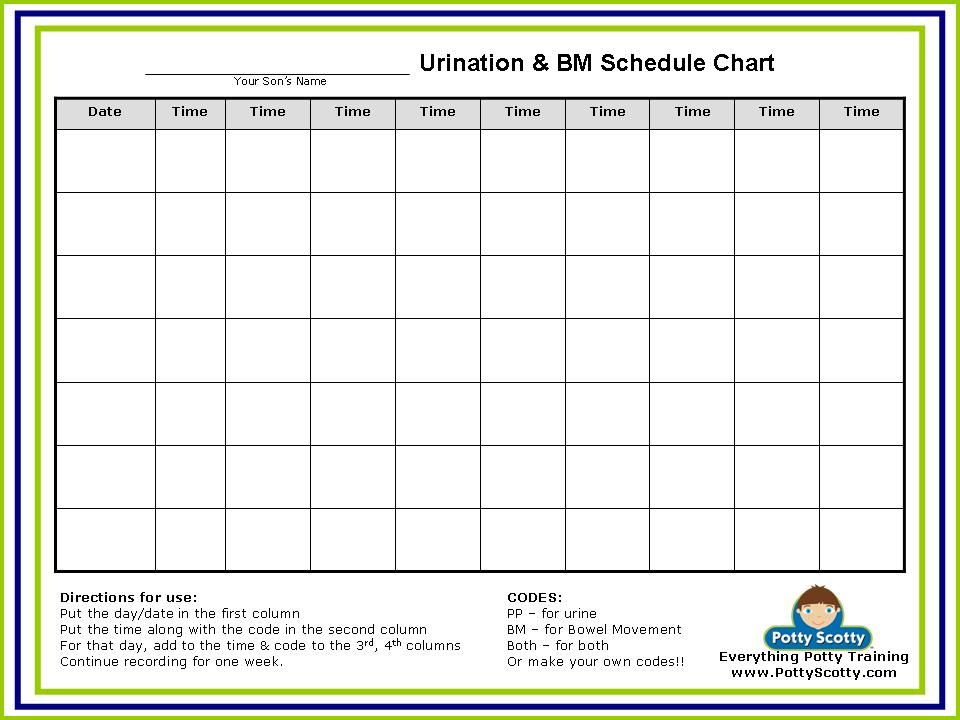
This means that we create certain associations with being awake and other associations with sleep. One of those is the swaddle. You should swaddle from Day One because this will decrease the likelihood your baby “fights the swaddle.”
I had 5 babies and none fought the swaddle because we did it from Day One and there simply wasn’t an option.
Babies who are not swaddled will wake frequently or nap lighter since the startle reflex (moro reflex) will cause their arms to rise up and “startle.”
If they aren’t in a deep sleep cycle this might be enough to wake them.
During the day unswaddle them to feed so you’re communicating wake time. At night, unswaddle the bottom of their swaddle (the swaddles perfect for this shown below) to change their diaper, then reswaddle them and feed swaddled. This means baby will essentially sleep through the feed. Voila!
Read: How to clear up daytime and nighttime confusion in babies
Bring Baby To You, Don’t Lean Towards Baby
Those midwives in Scotland had it going on.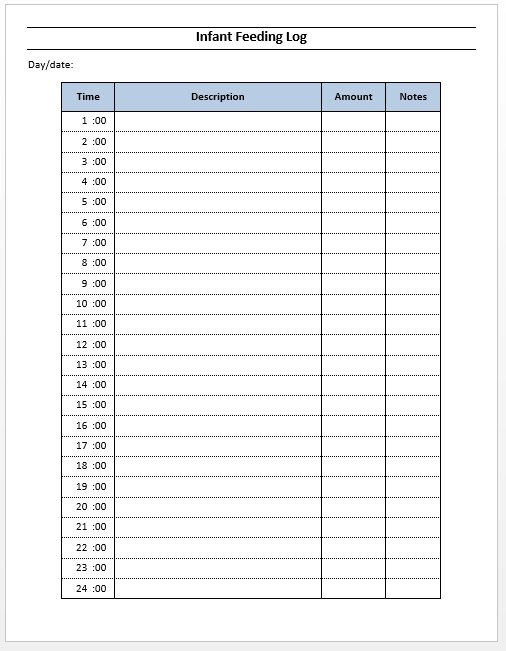 Not only did they give you all the logistics while you were in the hospital, they visited you for a few weeks AT HOME during the postpartum period.
Not only did they give you all the logistics while you were in the hospital, they visited you for a few weeks AT HOME during the postpartum period.
You could ask them absolutely anything about anything and they helped make it all work. One thing they gave me in my welcome packet was a DVD on how to get baby to latch properly.
With 5 babies I have had 0 issues with latching on and I’m telling you this works.
Instead of leaning down onto baby, position the breast and the baby’s head so that you push the baby onto your breast.
This means your bringing baby where the milk is, not trying to bring the milk down to baby. And, it means this will make for a better latch.
Related Reads:
- The Difference Between Midwives And Doctors
- How To Get Your Newborn To Sleep Well From Day One
Newborn Feeding Chart
Use this simple printable chart to track your feeds to make sure baby is fed, your supply is up, and everyone is well.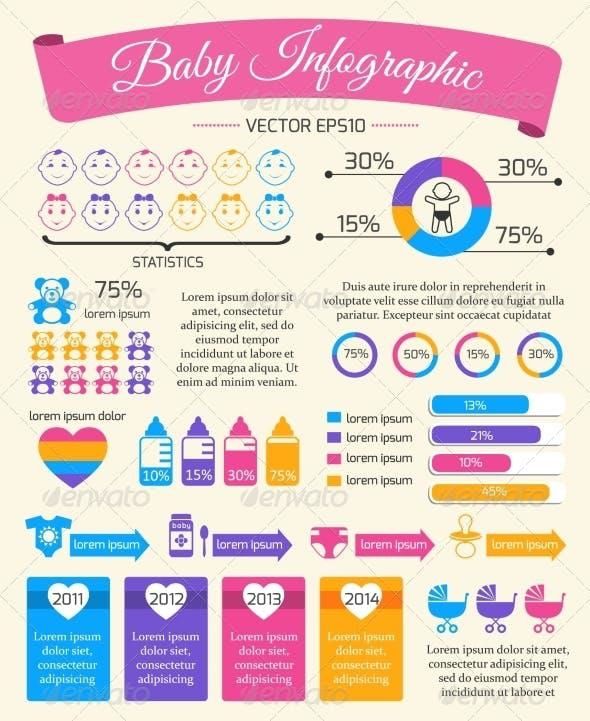
Example Daily Rhythm
Newborns have tiny tummies. You’ll be feeding baby around the clock for weeks at a time. However, by giving full feeds and keeping baby awake during feeds (which can be a feat) you’ll be able to increase the time between feeds providing baby with more restorative naps.
Initially you want to aim for feeding baby every 2.5 to 3 hours. So you may feed at 6 am, 8:30 am, 11:00 am, then 2:00 p.m.
The only reasons baby should feed less than 2.5 hours apart are these:
- Baby is not feeding enough at each feed (not getting calorie rich hind milk or enough ounces of formula)
- They are going through a growth spurt.
- You are cluster feeding in late afternoon early evening on purpose.
Read: The Easy Peasy Newborn Routine That Makes For Happy Babies
A Printable Chart That Works Like A Charm
I’ve created a newborn feeding chart below where you can record what times your baby is feeding and use that to find a good rhythm for you and your baby.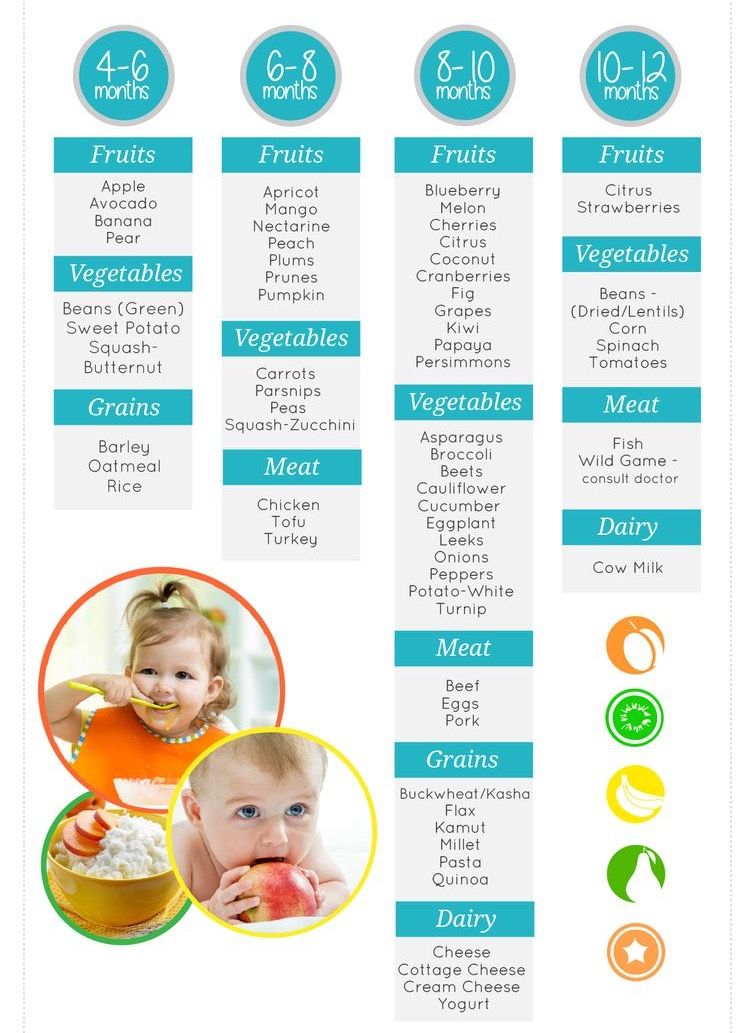
Read: The Dreamfeed: The Why, The How, & When To Stop
Is baby sleeping okay?
Baby bedtime can begin to feel like an actual nightmare.
Moms just want baby to sleep well. You just want to have some peace and quiet after a long day of momming and yet you are spending so much time trying to comfort an exhausted baby and wondering where it all went to pot.
Because moms with babies are busy (and tired) I created a set of nitty gritty baby sleep checklists that get straight to the point.
- Things to look for if your baby is sick.
- Habits to check if your baby won’t sleep at night.
- What to do if your baby won’t go back to sleep at night.
- And so much more!
It’s not usually some major problem that’s causing baby sleep issues, it’s usually something small. Use these checklists and get some clarity today.
Read: Cocooning a Newborn & 7 Reasons Why it Can Be Good For The Family
Newborn Feeding Chart
Use this simple printable chart to track your feeds to make sure baby is fed, your supply is up, and everyone is well.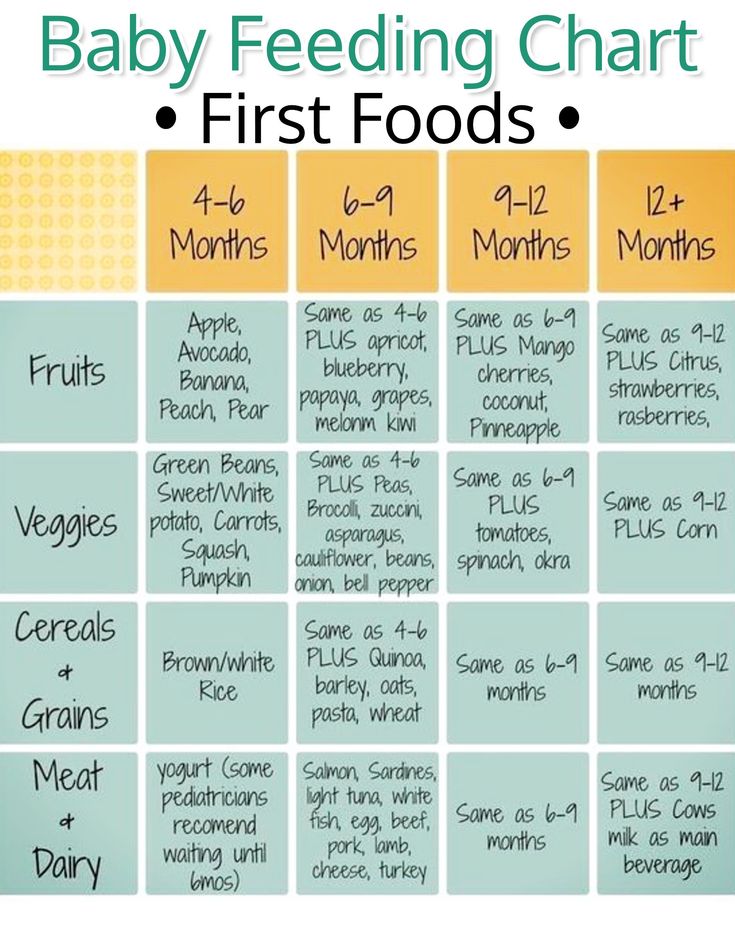
Sources:
- The importance of schedules and routines
- Routines minimize chaos which promotes resilience and regulation
- Routines indicators of predictable family life contributing to childhood development
Family Routines Reboot
Take our 3 day challenge to create life-giving family, child, and self-care routines.
Learn More
::
Download Breastfeeding Log With Feeding Guide Excel Template
Breastfeeding Log is a ready-to-use excel template that helps a mother to record feeding times easily along with a recommended feeding schedule for the first year for a newborn.
This template also consists of a printable version of the Breast Feeding Log that helps you maintain a record without any smart device.
An adequate amount of breastfeeding is necessary for a newborn child. Hence, doctors recommend maintaining a log of breastfeeding.
This time of the newborn is crucial for the growth and if adequate amounts are given at proper intervals helps in proper growth of the newborn.
You can find applications on mobile phones that help to do so, but as it is advisable to keep the newborn away from the radiation of smartphones.
Why Breastfeeding Is Important?
There are many benefits of breastfeeding. First and foremost is that it is the natural source and has no side effects. It is most advisable for a mother to breastfeed the child rather than providing external formula feeding.
Health Benefits of Breastfeeding
- It provides nutrients required by the newborn in proper proportions.
- Protects from allergies, obesity, and sickness.
- Easily digestible and hence fewer chances of diarrhea.
- Babies have healthier weights.
Other Benefits of Breastfeeding
- Available as and when required subject to conditions.
- It is at the right temperature that a newborn requires.
- It is clean and free.
- No wastage.
- Strengthens the bond with children.
Source: https://www. health.ny.gov
health.ny.gov
Breastfeeding and Food Schedule
Giving solid foods at an early stage is not advisable. Please consult your child’s healthcare provider before you do so. External foods shall not be given to the newborn for the initial 4 months.
The reasons are:
- The intestines of a newborn aren’t developed enough to digest solid foods.
- It can lead to obesity and improper growth.
The Lucile Packard Children’s Hospital has given detailed research about which food to give and when to give along with their proportions that are advisable for the newborn.
You can read the research here:
Feeding Guide for the First Year
Breastfeeding Log Excel Template
We have created a simple and easy Bay Feeding Log Excel Template that will help you record the date, time and duration of the feeding.
In addition to this, there is also a printable version of the same that will help you maintain the record on a printed sheet. This printed sheet you can carry to when you visit your pediatrician.
Furthermore, it also consists of a recommended schedule of feeding that you must follow for the proper growth of the child.
Click here to download the Breastfeeding Log Excel Template.
You can download other health & fitness templates like Baby Food Log, Blood Sugar Log, Blood Pressure Log, Food Calorie Calculator, Weight Loss Log and much more.
Let us discuss the contents of the template in detail.
Contents of Breastfeeding Log Excel Template
This template consists of 3 sheets:
- Daily Feeding Log.
- Printable Feeding Log
- Recommended Feeding Schedule for the First Year.
Daily Feeding Log
In this sheet, you can maintain a record of daily feeding with the date, time and duration of the feed. There are two sections in this sheet, one is for the personal information of the child and the second section is for daily feeding log.
In the personal information you just need to enter 2 details; the name of the child and his/her birthdate. Once you enter the birthdate, it automatically calculates the age of the child in terms of years, months, and days.
Once you enter the birthdate, it automatically calculates the age of the child in terms of years, months, and days.
The second section is for a daily feeding log. It consists of the following columns:
Date: Insert Date.
Day: This field is auto-populated. It will fetch the day according to your entered date.
Time: Insert Time.
AM/PM: Select AM or PM of time from the drop-down list.
Breast Side: Select the breast side, left or right from the drop-down.
Duration: Duration of feeding.
Complications (if any): If there are any problems, you can note them in this place to report to your pediatrician.
Printable Breastfeeding Log
This sheet is the replica of the previous sheet. It is a colorless and ink-saker format. You can print the sheet and keep it beside your baby’s cradle or your bed.
Click here to download the Printable Breastfeeding Log.
Recommended Breastfeeding Schedule for the First Year
This list has been compiled from the research described earlier. It provides the age-wise recommended amount of feeding a newborn must get along with feeding times.
This template can be helpful to mothers and pediatricians can also share the same with their patients.
Disclaimer: This template has been created with a general overview. It is highly recommended that you consult your Pediatricians or Health Care Professional for the limits of giving breastfeeding and other related issues.
We thank our readers for liking, sharing and following us on different social media platforms.
If you have any queries please share in the comment section below. We will be more than happy to assist you.
Baby feeding schedule: tips for the first year of life
content
Overview
Eat, sleep, pee, pop, repeat. These are the most important events on the day of a brand new baby.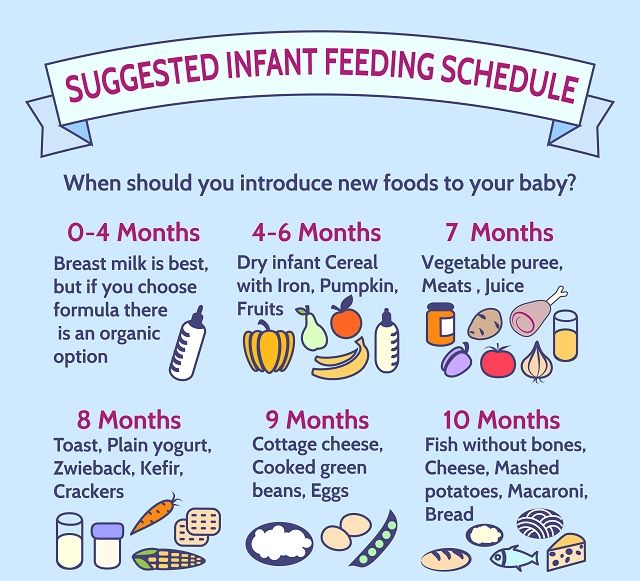
And if you're a new parent, the portion you eat can be the source of many of your questions and concerns. How many ounces should your child take? Do you wake up a sleeping child to eat? Why do they always seem hungry? When can your child get stiff? nine0003
There are many questions, and despite your grandmother's insistence, the answers have changed since you were a young man. Nowadays, newborns, even those who are breastfed, are encouraged to eat on demand (consider this good preparation for adolescence) and that babies wait to start complementary foods until they are 4 to 6 months old.
Baby Feeding Schedule by Age
On the first day of life, your baby's stomach is the size of a marble and can hold only 1 to 1.4 teaspoons of liquid at a time. As your baby gets older, their belly stretches and grows. nine0003
It is difficult (or almost impossible) to know how much milk your baby is drinking while breastfeeding. But if you're bottle feeding for a number of good reasons, measuring is a little easier.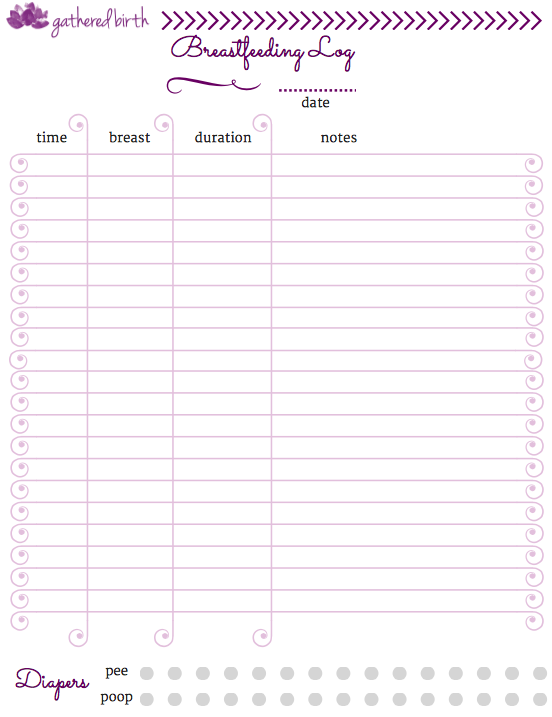
Here, from the American Academy of Pediatrics (AAP), a typical feeding schedule for bottle-fed babies.
Age Feeding OuncesSolid FoodUd 2 Weeks Life.5 oz. first days, then 1-3 oz. #2 weeks to 2 months 2-4 oz. #2-4 months 4-6 ounces #4-6 months 4-8 ounces Possible if your baby can lift his head and weighs at least 13 kilograms. But you don't need to eat solid food just yet. 6-12 months 8 oz. That. Start with soft foods like whole grains and refined vegetables, meats, and fruits, and work your way up to purees and well-fingered foods. Give your child one new food at a time. Continue supplementing with breast or formula. nine0003
How often should your child eat?
Every baby is unique, but one thing that's pretty consistent is that breastfed babies eat more often than formula-fed babies. This is because breast milk is easily digested and empties from the stomach much faster than formula.
Breastfed children
No rest for the weary. According to the International League of La Leche, you should start breastfeeding your baby within an hour of birth and give 1 to 8 feeds a day for the first few weeks of life (yes, we're tired of you).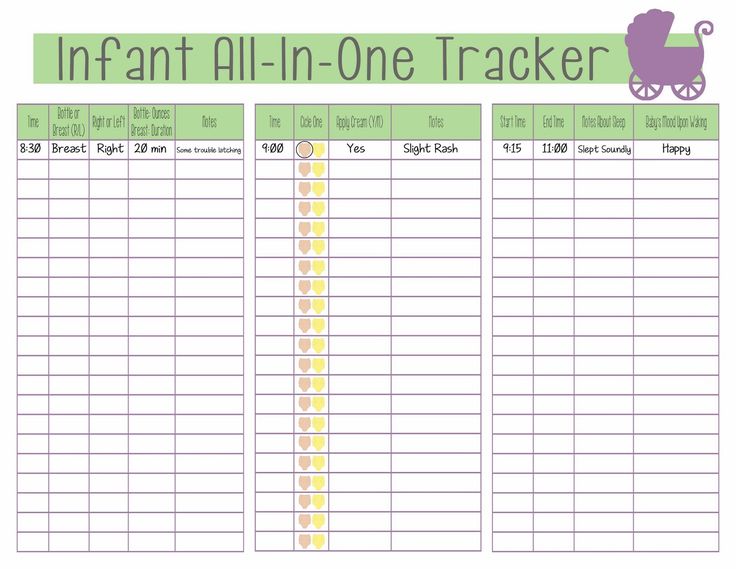 nine0003
nine0003
Initially, it is important not to leave the baby without feeding for more than 4 hours. You will probably have to wake them up if necessary, at least until breastfeeding is established and you have gained proper weight.
As your baby grows and your milk supply increases, your baby will be able to suck more milk in less time per feeding. Then you may begin to notice a more predictable pattern.
- 1 to 3 months: Your baby will be fed from 7 to 9once within 24 hours.
- 3 months: Feeding occurs 6 to 8 times a day.
- 6 months: Your baby will be fed about 6 times a day.
- 12 months: Treatment can be reduced to about 4 times a day. Eating solid foods at about 6 months helps your baby increase his or her needs for supplemental nutrition.
Please note that this template is just one example. Different babies have different paces and preferences, as well as other factors that affect the frequency of feeding. nine0003
Formula-fed babies
Like breast-fed babies, formula-fed babies should be fed on demand. On average, this is about every 2-3 hours. A typical feeding schedule might look like this:
On average, this is about every 2-3 hours. A typical feeding schedule might look like this:
- Newborn: every 2-3 hours
- 2 months old: every 3-4 hours
- 4 to 6 months old: every 4-5 hours
- 6 months old: every 4-5 hours
Breastfeeding and breastfeeding
- Do not give liquids other than formula or breast milk to children under one year of age. These include juices and cow's milk. They don't provide enough nutrients (if any) and can cause your baby's stomach to get upset. Water can be taken by mouth for about 6 months when you start offering a cup.
- Do not put baby cereal in the bottle.
- May create a choking hazard.
- The child's digestive system is not mature enough to digest cereals until about 4-6 months of age. nine0036
- You could feed the baby.
- Do not give your child any form of honey before their first birthday. Honey can be dangerous for a child, sometimes causing what is called infant botulism.
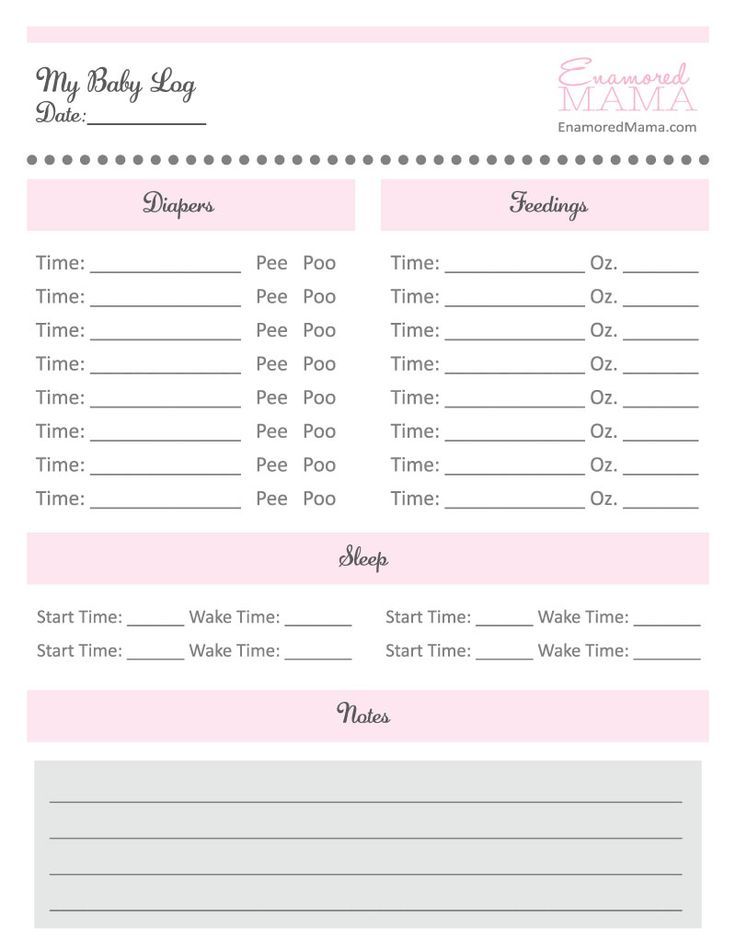
- Adjust your expectations for your child and their unique needs. Premature babies are likely to follow age-specific feeding patterns. If your child has problems, such as reflux or malnutrition, you may need to work with your doctor on an appropriate feeding schedule and amount of food. nine0036
How to get on a feeding schedule
Schedules are every parent's holy grail. Your baby will naturally begin to drop in the form of feeding as their tummy grows and may receive more breast milk or formula in one sitting. This may start to happen between 2 and 4 months of age.
In the meantime, focus on teaching the baby to be hungry, for example:
- dig into the chest for a nipple.
- putting fist in mouth
- biting them or licking their lips
- swallowing, which can escalate quickly (don't wait for your hungry baby to eat them)
Once your baby is a few months old, you can enter a sleep/feeding schedule that suits you .
Let's say your four year old wakes up every 4 hours to eat. This means that if you feed at 5 o'clock, the baby wakes up around 9 o'clock in the morning, but if he wakes up and feeds the baby at 2 o'clock, just before bedtime, he may not wake up. until 11 a.m., which will give you a decent slice of the night,
What if your child is still hungry?
As a general rule, if your baby looks hungry, feed him. Your baby will naturally eat more of the rasta bursts over time, which usually occur at 3 weeks, 3 months, and 6 months of age.
Some children will also be "fed", meaning they will be fed more frequently over a period of time, while others will be fed less frequently. For example, your child may collect food in the late afternoon and evening and then sleep longer at night (yay!). It is more common in breastfed babies than formula-fed babies. nine0003
Worried about overfeeding? While this is not really possible with an exclusively breastfed baby, you can feed a baby who is taking a bottle, especially if she vacuums the bottle for comfort. Watch for their signs of hunger, but talk to your pediatrician if you're worried your child will overeat.
Watch for their signs of hunger, but talk to your pediatrician if you're worried your child will overeat.
How to start solids
Your baby is probably ready for animals if he is 4 to 6 months old and:
- have good head control
- you seem to be curious about what you eat
- reaches for food
- weighs 13 pounds or more
What food to start with? The AAP is now saying that it doesn't really matter what order you introduce the food in. The only correct rule is to stick to one food for 3 to 5 days before offering another. If there is an allergic reaction (rash, diarrhea, vomiting are the most common first signs), you will know which food is causing it. nine0003
As your child grows, switch from refined baby foods to more textured foods (such as banana puree, scrambled eggs, or well-cooked, chopped pasta). It mostly happens around 8 to 10 months.
Your supermarket sells a variety of baby food, but if you want to make your own, keep it without sugar or salt. Also, at this stage, do not give your child anything that can cause choking, including:
Also, at this stage, do not give your child anything that can cause choking, including:
- solid food such as popcorn or nuts
- solid fresh fruit such as apples; boiled to tenderize or cut into very small pieces
- any meat that is poorly cooked and very well cut (including hot dogs)
- cheese cubes
- peanut butter (although discuss this with your pediatrician and the benefits of introducing diluted peanut butter under 1 year of age)
When the little girl approached her first birthday, she needed to eat a variety of foods and take them. 4 ounces of solid food at each meal. Continue to offer breast milk or formula. Children under 8 months drink 30 ounces than. nine0003
Oh yeah, and buy supplies from a company that makes laundry detergent. He will pay for college.
Other concerns
Children are not cookies. Some people gain weight easily, while others have problems. Things that can affect a baby's weight gain include:
- who have a birth defect such as a cleft lip or palate that makes feeding difficult
- have an intolerance to milk proteins
- be premature
- bottle feeding versus breastfeeding
A 2012 study of more than 1,800 babies they found that bottle fed babies, whether the bottle contained breast milk or formula, gained their first weight in the first year compared to infants who were exclusively breastfed.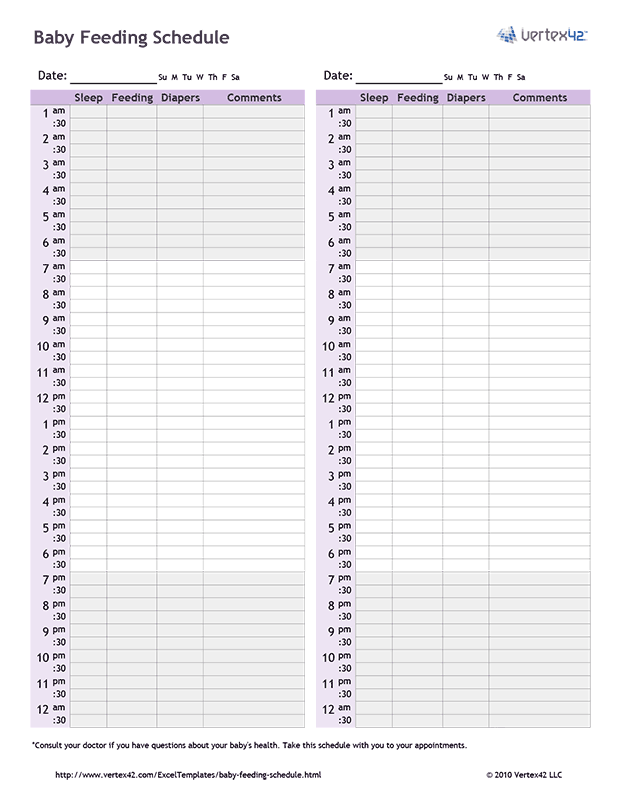
Your child's doctor will best advise you on a healthy weight range.
Takeaway meals
How, when, and what to feed your baby is every parent's top concern, but the good news is that most babies are pretty good at feeling hungry and full—and they'll let you know. nine0003
You just need to present them with the right solutions at the right time and pay attention to their signs. If you have any questions or concerns, your pediatrician is here to help you along the way.
Feeding schedule: tips for the first year of life
content
Overview
Eat, sleep, pee, pop, repeat. These are the most important events on the day of a brand new baby.
And if you're a new parent, the portion you eat can be the source of many of your questions and concerns. How many ounces should your child take? Do you wake up a sleeping child to eat? Why do they always seem hungry? When can your child get stiff? nine0003
There are many questions, and despite your grandmother's insistence, the answers have changed since you were a young man.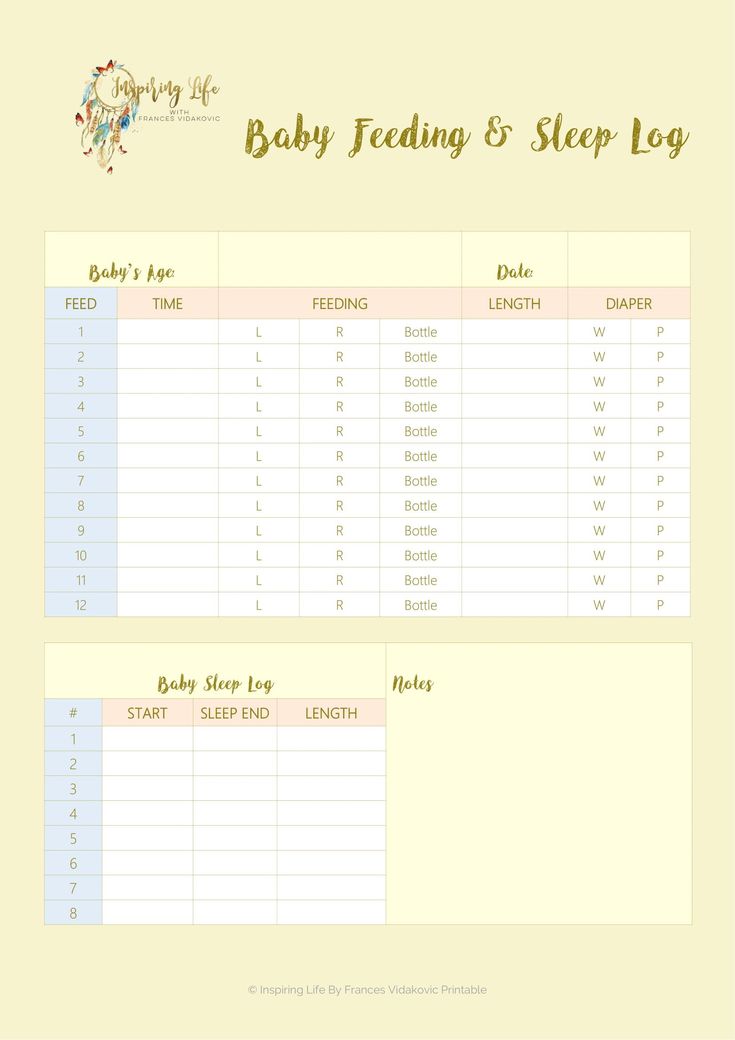 Nowadays, newborns, even those who are breastfed, are encouraged to eat on demand (consider this good preparation for adolescence) and that babies wait to start complementary foods until they are 4 to 6 months old.
Nowadays, newborns, even those who are breastfed, are encouraged to eat on demand (consider this good preparation for adolescence) and that babies wait to start complementary foods until they are 4 to 6 months old.
Baby Feeding Schedule by Age
On the first day of life, your baby's stomach is the size of a marble and can hold only 1 to 1.4 teaspoons of liquid at a time. As your baby gets older, their belly stretches and grows. nine0003
It is difficult (or almost impossible) to know how much milk your baby is drinking while breastfeeding. But if you're bottle feeding for a number of good reasons, measuring is a little easier.
Here, from the American Academy of Pediatrics (AAP), a typical feeding schedule for bottle-fed babies.
Age Feeding OuncesSolid FoodUd 2 Weeks Life.5 oz. first days, then 1-3 oz. #2 weeks to 2 months 2-4 oz. #2-4 months 4-6 ounces #4-6 months 4-8 ounces Possible if your baby can lift his head and weighs at least 13 kilograms.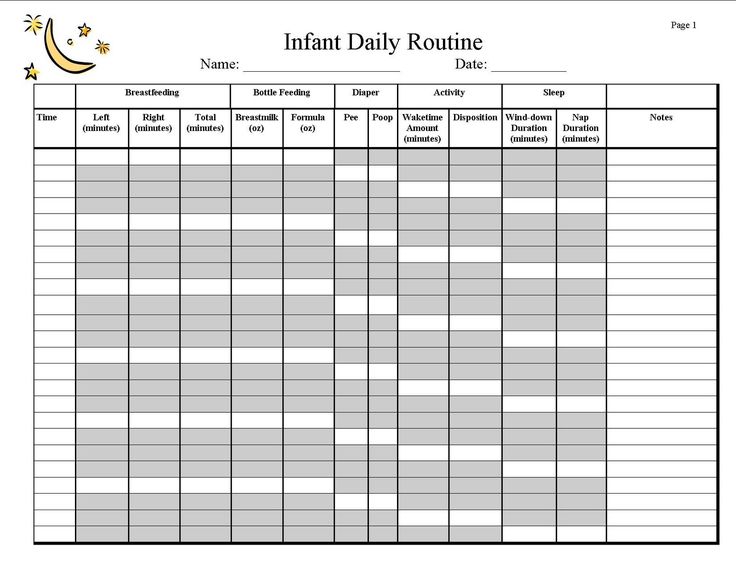 But you don't need to eat solid food just yet. 6-12 months 8 oz. That. Start with soft foods like whole grains and refined vegetables, meats, and fruits, and work your way up to purees and well-fingered foods. Give your child one new food at a time. Continue supplementing with breast or formula. nine0003
But you don't need to eat solid food just yet. 6-12 months 8 oz. That. Start with soft foods like whole grains and refined vegetables, meats, and fruits, and work your way up to purees and well-fingered foods. Give your child one new food at a time. Continue supplementing with breast or formula. nine0003
How often should your child eat?
Every baby is unique, but one thing that's pretty consistent is that breastfed babies eat more often than formula-fed babies. This is because breast milk is easily digested and empties from the stomach much faster than formula.
Breastfed children
No rest for the weary. According to the International League of La Leche, you should start breastfeeding your baby within an hour of birth and give 1 to 8 feeds a day for the first few weeks of life (yes, we're tired of you). nine0003
Initially, it is important not to leave the baby without feeding for more than 4 hours. You will probably have to wake them up if necessary, at least until breastfeeding is established and you have gained proper weight.
As your baby grows and your milk supply increases, your baby will be able to suck more milk in less time per feeding. Then you may begin to notice a more predictable pattern.
- 1 to 3 months: Your baby will be fed from 7 to 9once within 24 hours.
- 3 months: Feeding occurs 6 to 8 times a day.
- 6 months: Your baby will be fed about 6 times a day.
- 12 months: Treatment can be reduced to about 4 times a day. Eating solid foods at about 6 months helps your baby increase his or her needs for supplemental nutrition.
Please note that this template is just one example. Different babies have different paces and preferences, as well as other factors that affect the frequency of feeding. nine0003
Formula-fed babies
Like breast-fed babies, formula-fed babies should be fed on demand. On average, this is about every 2-3 hours. A typical feeding schedule might look like this:
- Newborn: every 2-3 hours
- 2 months old: every 3-4 hours
- 4 to 6 months old: every 4-5 hours
- 6 months old: every 4-5 hours
Breastfeeding and breastfeeding
- Do not give liquids other than formula or breast milk to children under one year of age.
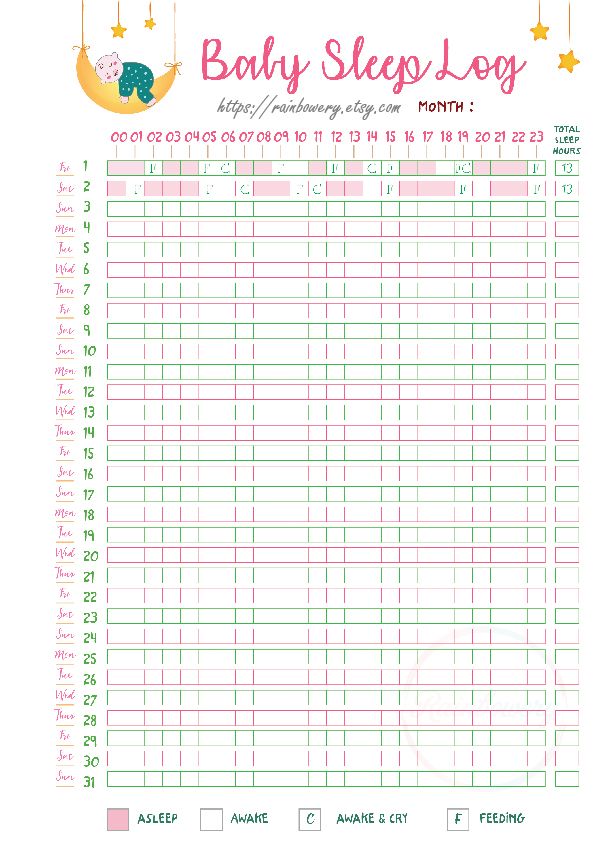 These include juices and cow's milk. They don't provide enough nutrients (if any) and can cause your baby's stomach to get upset. Water can be taken by mouth for about 6 months when you start offering a cup.
These include juices and cow's milk. They don't provide enough nutrients (if any) and can cause your baby's stomach to get upset. Water can be taken by mouth for about 6 months when you start offering a cup. - Do not put baby cereal in the bottle.
- May create a choking hazard.
- The child's digestive system is not mature enough to digest cereals until about 4-6 months of age. nine0036
- You could feed the baby.
- Do not give your child any form of honey before their first birthday. Honey can be dangerous for a child, sometimes causing what is called infant botulism.
- Adjust your expectations for your child and their unique needs. Premature babies are likely to follow age-specific feeding patterns. If your child has problems, such as reflux or malnutrition, you may need to work with your doctor on an appropriate feeding schedule and amount of food. nine0036
How to get on a feeding schedule
Schedules are every parent's holy grail.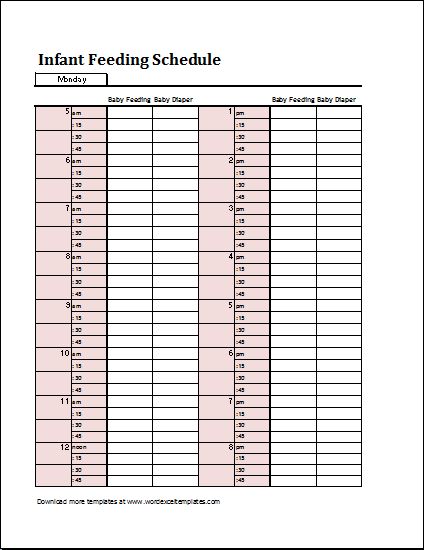 Your baby will naturally begin to drop in the form of feeding as their tummy grows and may receive more breast milk or formula in one sitting. This may start to happen between 2 and 4 months of age.
Your baby will naturally begin to drop in the form of feeding as their tummy grows and may receive more breast milk or formula in one sitting. This may start to happen between 2 and 4 months of age.
In the meantime, focus on teaching the baby to be hungry, for example:
- dig into the chest for a nipple.
- putting fist in mouth
- biting them or licking their lips
- swallowing, which can escalate quickly (don't wait for your hungry baby to eat them)
Once your baby is a few months old, you can enter a sleep/feeding schedule that suits you .
Let's say your four year old wakes up every 4 hours to eat. This means that if you feed at 5 o'clock, the baby wakes up around 9 o'clock in the morning, but if he wakes up and feeds the baby at 2 o'clock, just before bedtime, he may not wake up. until 11 a.m., which will give you a decent slice of the night,
What if your child is still hungry?
As a general rule, if your baby looks hungry, feed him.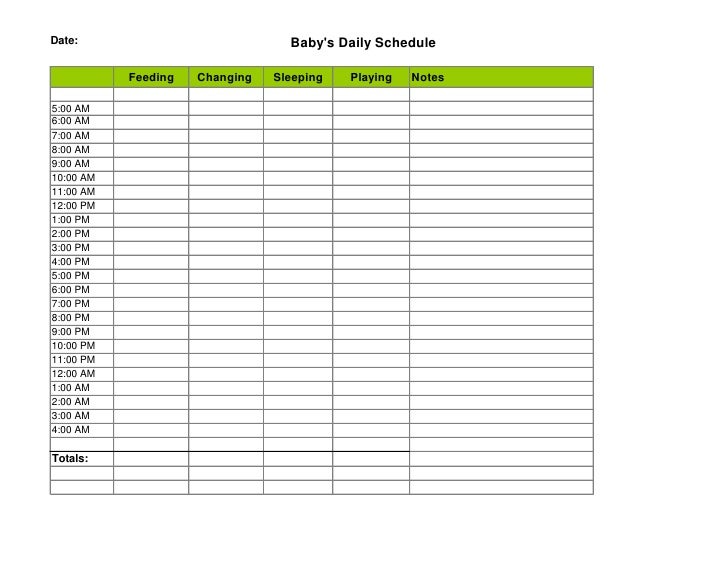 Your baby will naturally eat more of the rasta bursts over time, which usually occur at 3 weeks, 3 months, and 6 months of age.
Your baby will naturally eat more of the rasta bursts over time, which usually occur at 3 weeks, 3 months, and 6 months of age.
Some children will also be "fed", meaning they will be fed more frequently over a period of time, while others will be fed less frequently. For example, your child may collect food in the late afternoon and evening and then sleep longer at night (yay!). It is more common in breastfed babies than formula-fed babies. nine0003
Worried about overfeeding? While this is not really possible with an exclusively breastfed baby, you can feed a baby who is taking a bottle, especially if she vacuums the bottle for comfort. Watch for their signs of hunger, but talk to your pediatrician if you're worried your child will overeat.
How to start solids
Your baby is probably ready for animals if he is 4 to 6 months old and:
- have good head control
- you seem to be curious about what you eat
- reaches for food
- weighs 13 pounds or more
What food to start with? The AAP is now saying that it doesn't really matter what order you introduce the food in. The only correct rule is to stick to one food for 3 to 5 days before offering another. If there is an allergic reaction (rash, diarrhea, vomiting are the most common first signs), you will know which food is causing it. nine0003
The only correct rule is to stick to one food for 3 to 5 days before offering another. If there is an allergic reaction (rash, diarrhea, vomiting are the most common first signs), you will know which food is causing it. nine0003
As your child grows, switch from refined baby foods to more textured foods (such as banana puree, scrambled eggs, or well-cooked, chopped pasta). It mostly happens around 8 to 10 months.
Your supermarket sells a variety of baby food, but if you want to make your own, keep it without sugar or salt. Also, at this stage, do not give your child anything that can cause choking, including:
- solid food such as popcorn or nuts
- solid fresh fruit such as apples; boiled to tenderize or cut into very small pieces
- any meat that is poorly cooked and very well cut (including hot dogs)
- cheese cubes
- peanut butter (although discuss this with your pediatrician and the benefits of introducing diluted peanut butter under 1 year of age)
When the little girl approached her first birthday, she needed to eat a variety of foods and take them.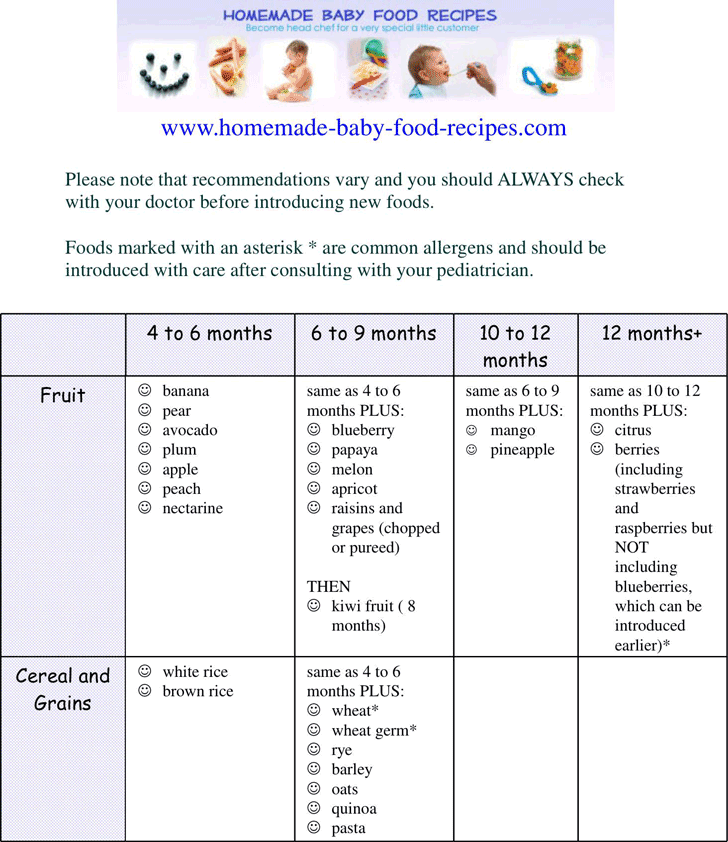 4 ounces of solid food at each meal. Continue to offer breast milk or formula. Children under 8 months drink 30 ounces than. nine0003
4 ounces of solid food at each meal. Continue to offer breast milk or formula. Children under 8 months drink 30 ounces than. nine0003
Oh yeah, and buy supplies from a company that makes laundry detergent. He will pay for college.
Other concerns
Children are not cookies. Some people gain weight easily, while others have problems. Things that can affect a baby's weight gain include:
- who have a birth defect such as a cleft lip or palate that makes feeding difficult
- have an intolerance to milk proteins
- be premature
- bottle feeding versus breastfeeding
A 2012 study of more than 1,800 babies they found that bottle fed babies, whether the bottle contained breast milk or formula, gained their first weight in the first year compared to infants who were exclusively breastfed.
Your child's doctor will best advise you on a healthy weight range.
Takeaway meals
How, when, and what to feed your baby is every parent's top concern, but the good news is that most babies are pretty good at feeling hungry and full—and they'll let you know.


